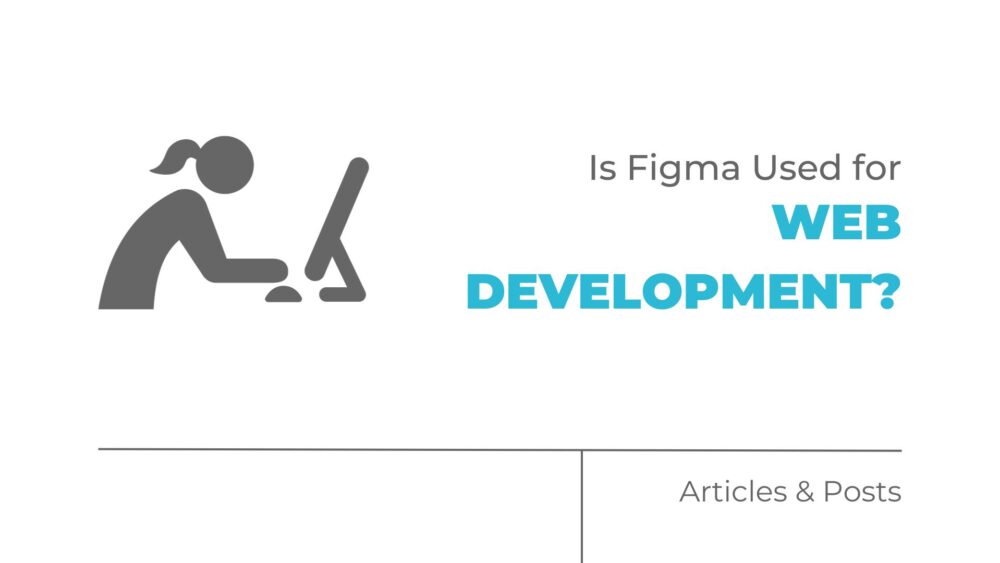When it comes to website branding and design, there are numerous tools available in the market.
One such tool that has gained significant popularity among designers and developers is Figma.
In this blog post, we will explore whether Figma is used for web development and what role it plays in the process.
Is Figma required for web development?
Figma is not a mandatory tool for web development, BUT it certainly offers several benefits that make it a preferred choice for many designers and developers.
Figma is primarily a collaborative interface design tool that allows teams to work together seamlessly.
It provides a cloud-based platform where multiple team members can collaborate, share feedback, and make real-time changes to designs.
Figma for developers
While Figma is widely used by designers, it also offers various features that benefit developers in the web development process.
One of the key advantages of Figma for developers is the ability to inspect and export design assets.
With Figma, developers can easily access design specifications, including measurements, colors, fonts, and assets, directly from the tool.
This eliminates the need for constant back-and-forth communication between designers and developers, saving time and improving efficiency.
Additionally, Figma allows developers to generate CSS code snippets directly from the designs.
This feature enables developers to extract CSS values, such as gradients, shadows, and typography styles, with just a few clicks.
This not only speeds up the development process but also ensures accuracy and consistency between design and implementation.
What is Figma used for?
Figma is primarily used for designing user interfaces (UI) and user experience (UX).
Designers can create interactive prototypes, wireframes, and high-fidelity designs using Figma’s intuitive interface.
The collaborative nature of Figma makes it easy for designers to gather feedback, iterate on designs, and create a seamless user experience.
Moreover, Figma supports integrations with other tools commonly used in the web development workflow – like Photoshop, for example.
These integrations enable designers and developers to bridge the gap between design and development seamlessly.
Figma can be integrated with popular project management tools, version control systems, and even code-based design tools.
Not Required but Certainly Helpful
While Figma is not a mandatory tool for web development, it offers significant advantages for both designers and developers.
Its collaborative features, design asset inspection, and code snippet generation make it a valuable addition to the web development process.
Whether you are a designer or a developer, incorporating Figma into your workflow can enhance collaboration, improve efficiency, and ultimately result in better website branding, rebranding, and design.


Comments are closed.